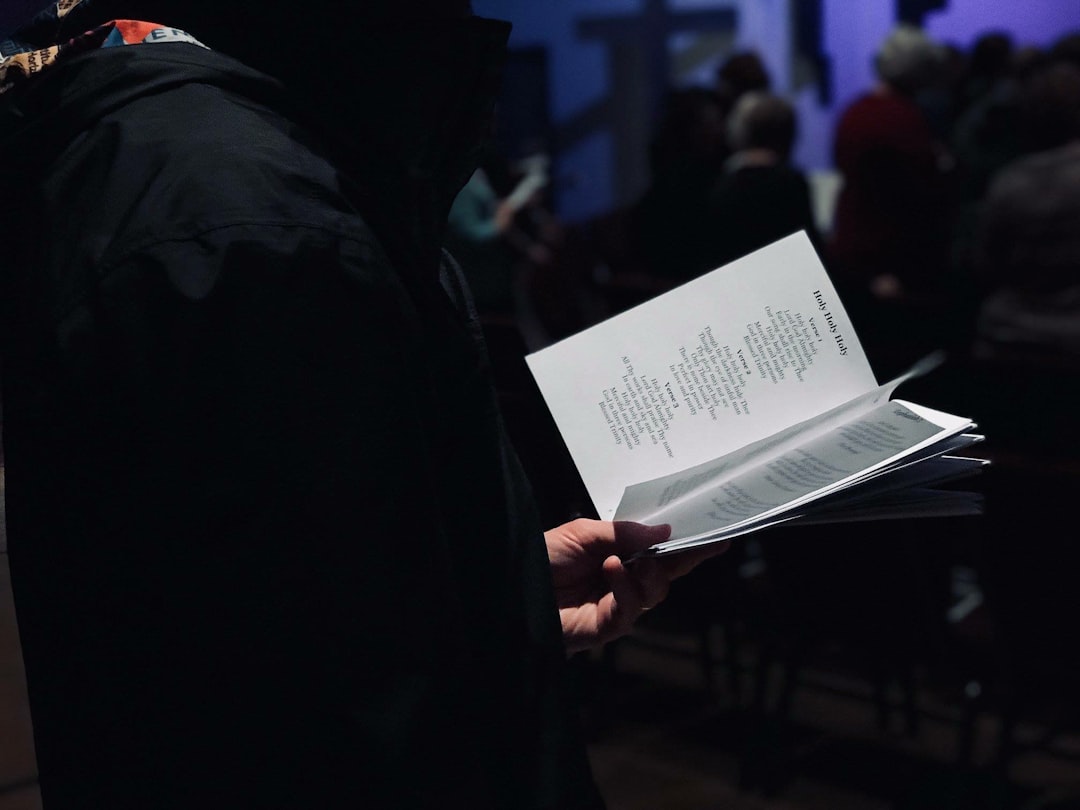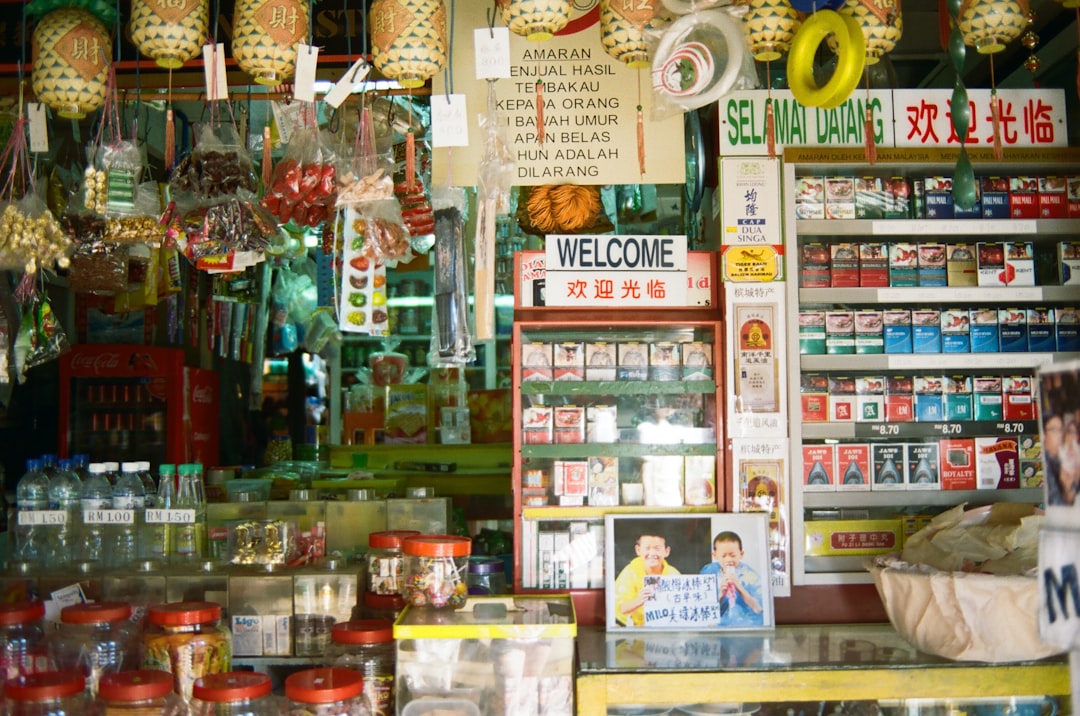What is it about?
The article is about the experience of the armed struggle which took place in Iranian Kurdistan throughout the 1980s. It compares the experience with other cases of armed struggle worldwide to explain the characteristics of the Kurdish armed struggle and define it as a space for political and cultural survival.
Featured Image

Photo by Museums Victoria on Unsplash
Why is it important?
The armed struggle of the 1980s is conspicuously understudied. The article familiarises the reader with many aspects of the experience through a critical account of the decade. As importantly, through a comparative study and by explaining the correlation between militarisation and armed struggle, the article defines the Kurdish armed struggle as a space for cultural and political survival when defacto self-rule along with non-violent avenues are terminated by militarisation and dictatorship. This is what exactly happened following the ascendency of radicalism in the aftermath of the 1979 Revolution.
Perspectives
The study presents a historical perspective to understand the Kurdish armed struggle not only in Iran but across greater Kurdistan. It is a productive analysis of a specific case and invites further research on the phenomenon. The study leads the argument to think out the alternative to a political system which invites violent forms of resistance.
Dr Marouf Cabi
LSE
Read the Original
This page is a summary of: The armed struggle of the 1980s in Iranian Kurdistan: a space for survival, British Journal of Middle Eastern Studies, March 2022, Taylor & Francis,
DOI: 10.1080/13530194.2022.2057280.
You can read the full text:
Contributors
The following have contributed to this page










